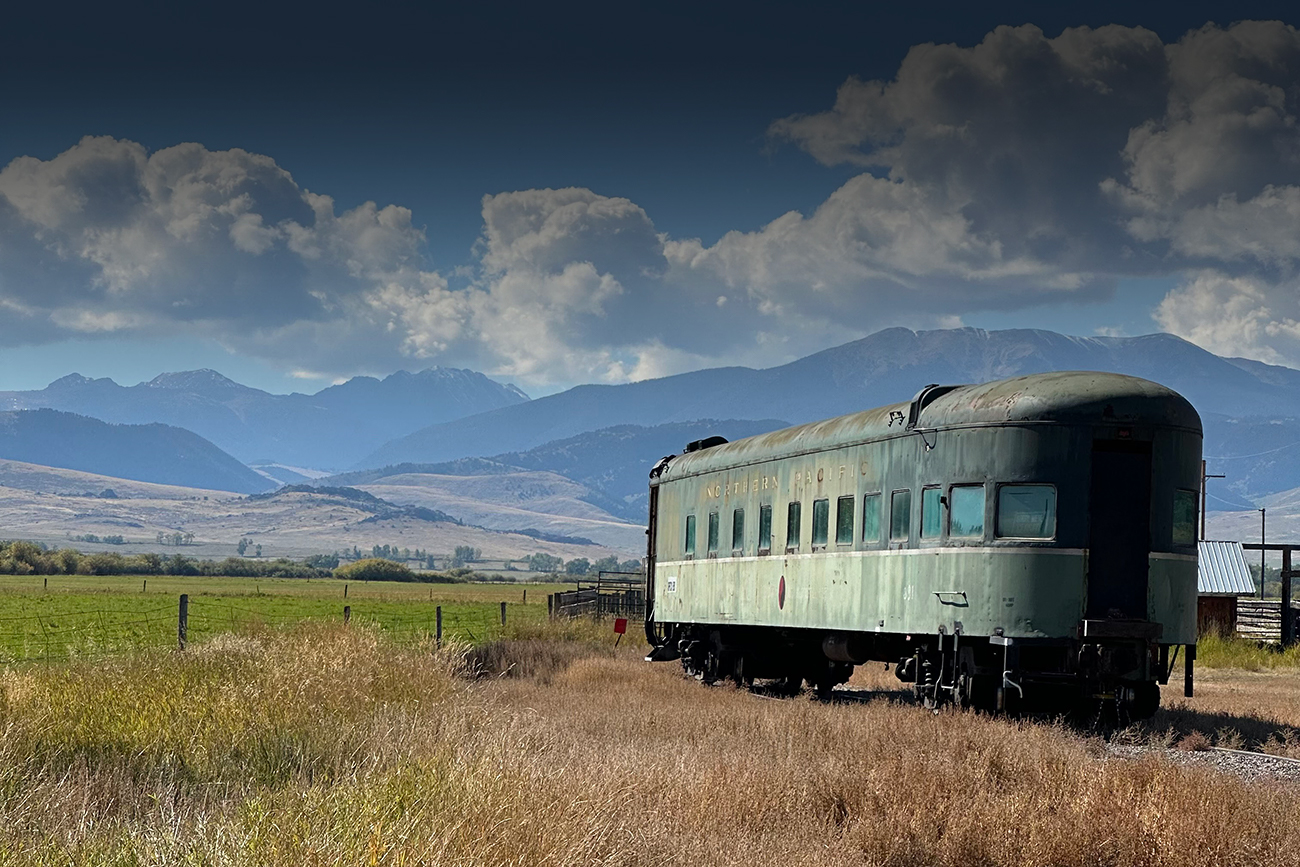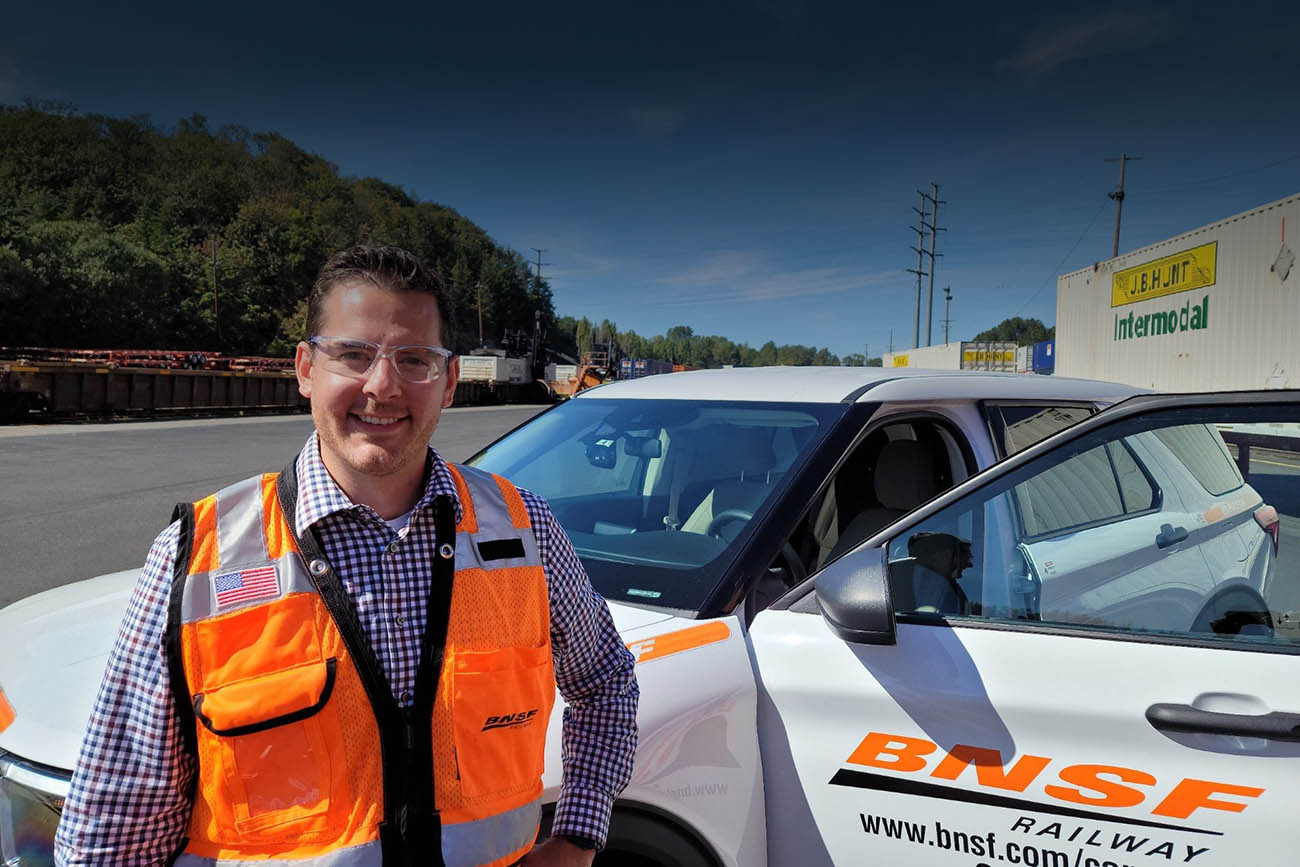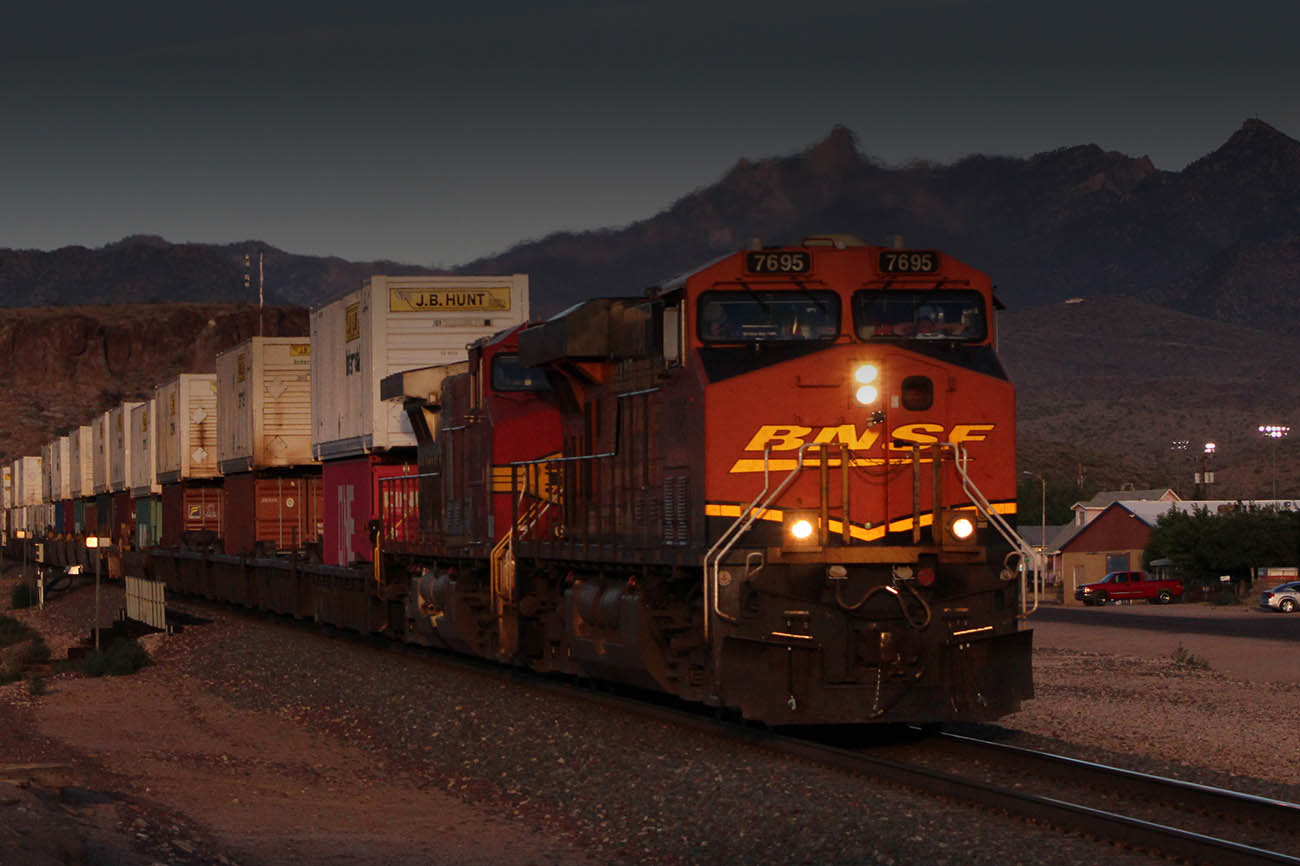St. Paul: The great Midwest nexus
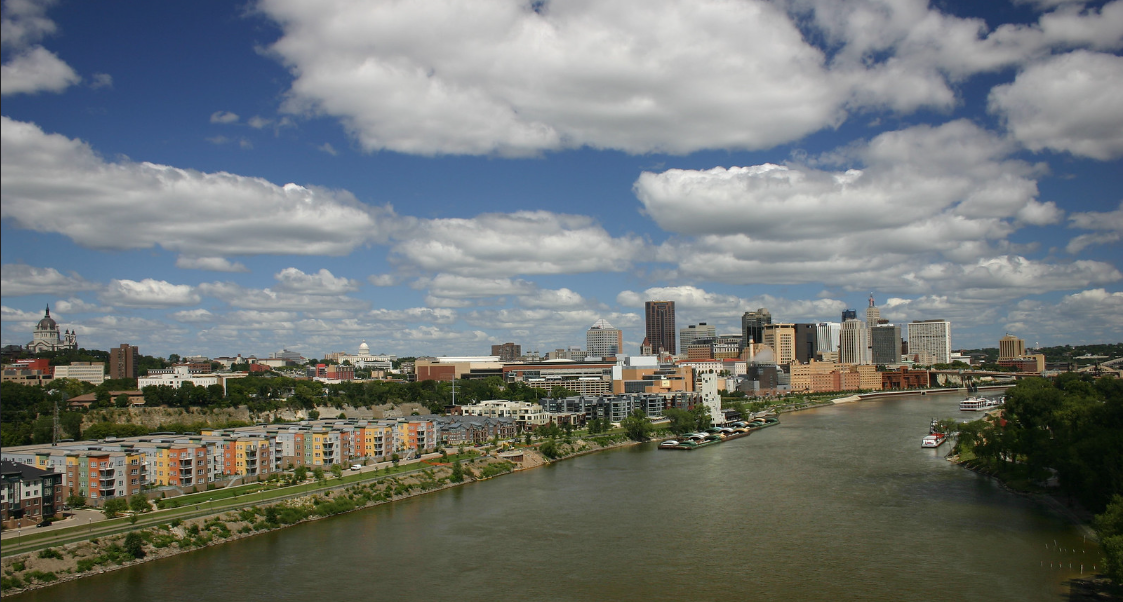
Situated atop the picturesque bluffs of the upper Mississippi River lie historic St. Paul, Minnesota, and its twin, Minneapolis. With a combined population of more than 3.6 million people, the “Twin Cities” are the northernmost major metropolitan center in the Midwest.
St. Paul has long been a crucial geographical point for the freight transportation industry in the northern Midwest, and its story can be traced to the growth of the railroad as well as the development of modern-day BNSF.
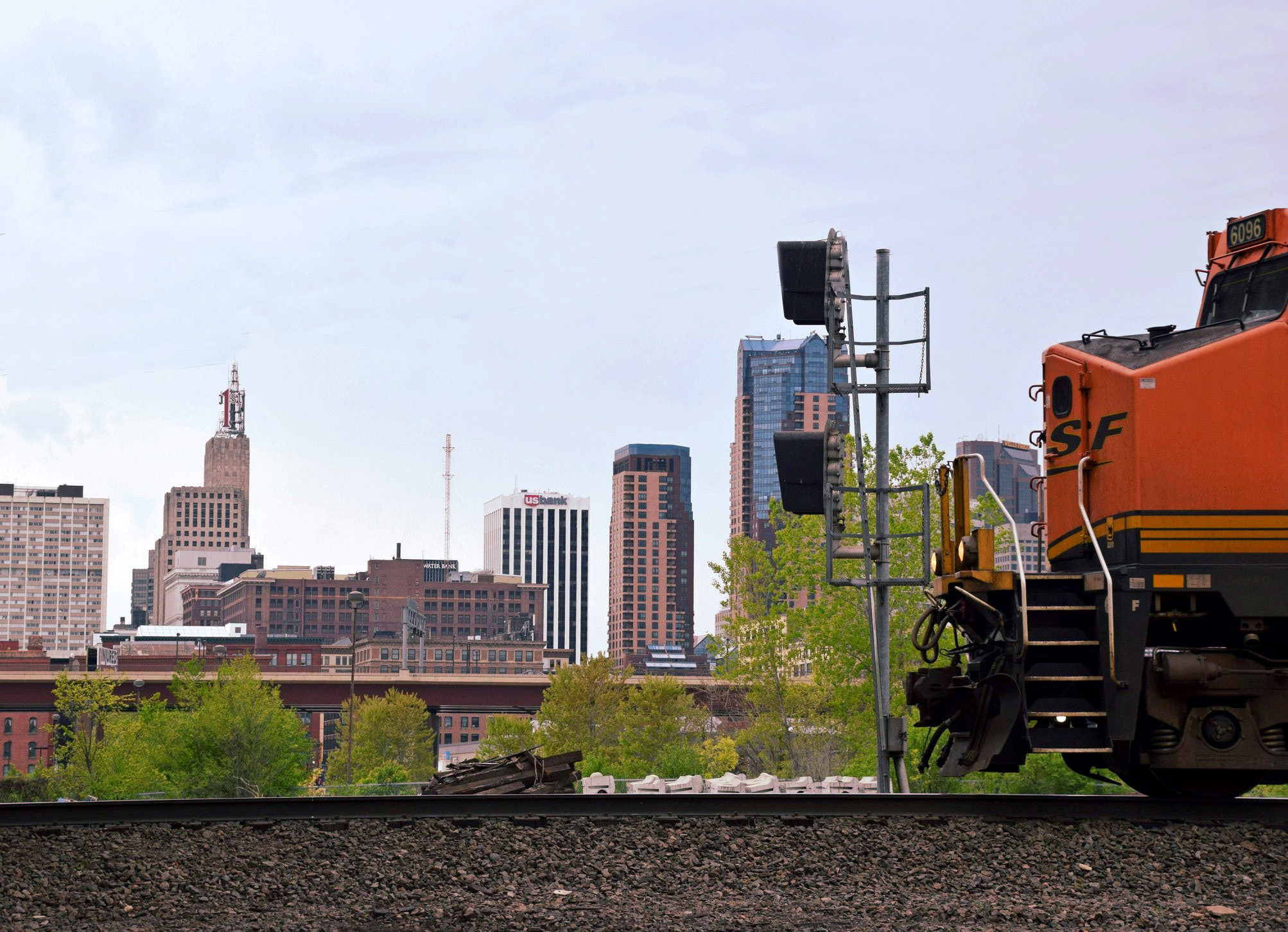
St. Paul’s Historic Rail Lines
In the heart of America’s Northwoods, St. Paul has been the center for freight movement since before Minnesota became a state. St. Paul originally was a settlement thanks to its ideal location. Boats traveling upstream on the Mississippi River could not travel further north because of St. Anthony Falls. From here, transportation was done by horse and wagon trekking up the river bluffs.
In 1857, the Minnesota legislature saw the potential for rail to bring expansion and granted a charter to the Minnesota & Pacific Railroad Company (M&P). This charter brought new rail lines stemming from the heart of St. Paul to outlying communities.
The M&P was the first operational railroad in St. Paul and in the state. Almost 2.5 million acres were acquired from a land grant. The rail line enjoyed success early on, but then speculation resulted in the company losing money.
M&P declared bankruptcy in 1860. The new state legislature, which had its capital in St. Paul, purchased M&P’s remaining assets for $1,000 or roughly $33,700 today. M&P came back to life in 1862 as the St. Paul & Pacific Railroad Company (SP&P). The only track expansion during this time was the 10 miles between St. Paul and modern-day Minneapolis. This track was initially used for both freight and passenger service, according to Barbara Sheldon of the Minnesota Transportation Museum.
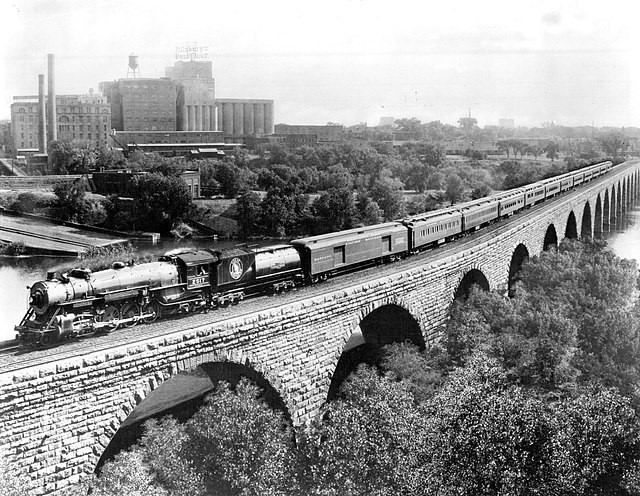
“It took trains, both freight and passenger, 45 minutes to get from downtown St. Paul to downtown Minneapolis. It still takes 45 minutes by bus or car today!” Sheldon added.
The Northern Pacific Railway (NP) purchased the SP&P in 1870, but an economic depression, the Panic of 1873, caused NP to declare bankruptcy. One of NP’s original stockholders bought the rail line back.
After the economy began to recover, the railroad captivated eager investors, James J. Hill, “The Empire Builder,” among them. Hill convinced other investors of NP’s potential and together they formed a group to buy the stocks for the SP&P line from NP for $5.5 million—equal to about $17.6 billion today.
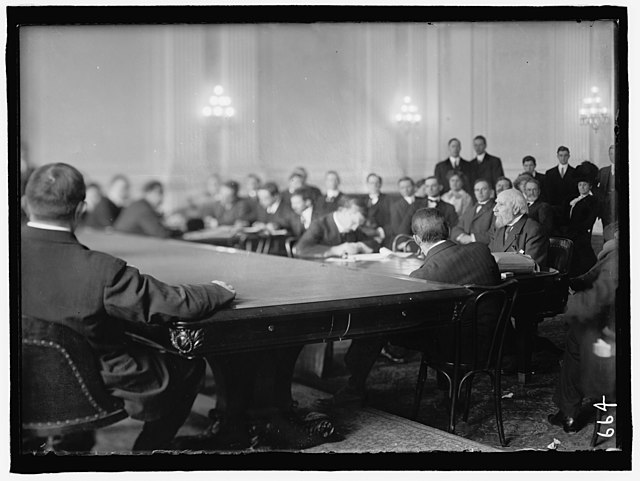
A decade later, Hill created the Great Northern Railway system. After his purchase of the Minneapolis and St. Cloud Railway, Hill renamed it to Great Northern (GN) in 1889. The ownership of SP&P, Montana Central Railway, and other small rail lines was transferred to GN in 1890. Six years later, Hill also acquired the NP—fully completing his transcontinental railroad. Most of these rail lines are in operation today as part of BNSF.
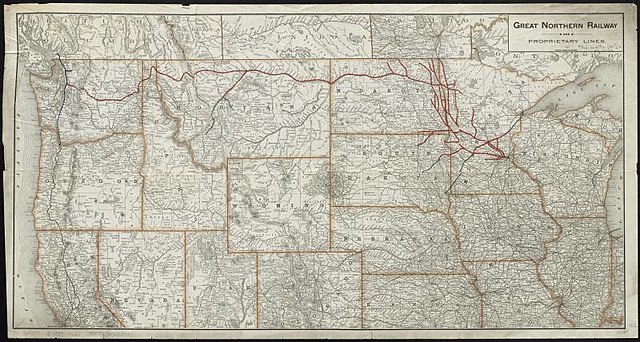
Many years later, in 1970, St. Paul-based GN and NP merged with the Chicago, Burlington & Quincy Railroad (CB&Q) and the Spokane, Portland and Seattle Railway (SP&S) to create the Burlington Northern Railroad (BN). BN made St. Paul its corporate headquarters and stayed in the Lowertown Tower that Hill had constructed many years prior. BN was headquartered here until 1981.
St. Paul’s Agriculture and Industry
St. Paul was a nexus for the railroad, thanks to nearby milling centers and its geographical advantage.
“Rail was integral in expanding St. Paul because of the mercantile trade,” Sheldon explained. “In Minnesota, Hill encouraged European immigrants to create settlements and farms along the track. Then the immigrants would have a consistent way to transport their crops.”
From his industrial success, Hill created and fostered traffic for his trains. For example, he sold and set up one of Minnesota's first threshing machines, which separates grain and removes stems and stalks. From this, Hill’s GN handled the very first shipment of Minnesota-grown wheat.
Passenger Rail
The citizens of growing St. Paul loved the railroad. Not only did Hill’s GN bring a boon of industry and agricultural traffic, but the development of passenger rail allowed for an easier commute.
“It cost a few cents—maybe $1 for first class—to go from St. Paul to Minneapolis. Passenger service became popular because there were no cars. Trains were how Twin Cities residents got around,” Sheldon said.
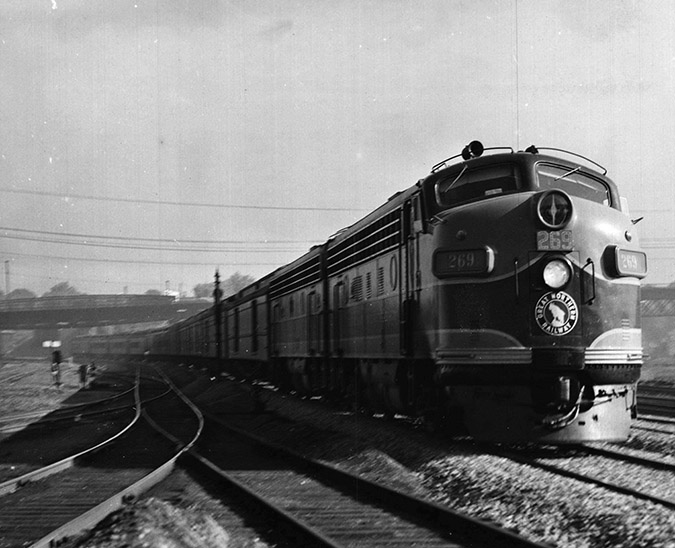
With the new luxury of passenger rail, the leisure industry expanded. Sheldon explained that the railroad established stops at amusement parks , which led to the creation of a trolley car system.
“The railroad had impact on the entire Twin Cities metro that people today have forgotten,” Sheldon said. “GN passenger service employed over 1,000 people on a 24/7/365 schedule at the Jackson Street Shops alone.”
J.J. Hill House
Not only did Hill bring industry and jobs, he played a significant philanthropical role in St. Paul. His generosity included donations and gifts to universities as well as relief to victims of disasters, such as the Great Hinckley Fire that destroyed a growing Minnesota town.
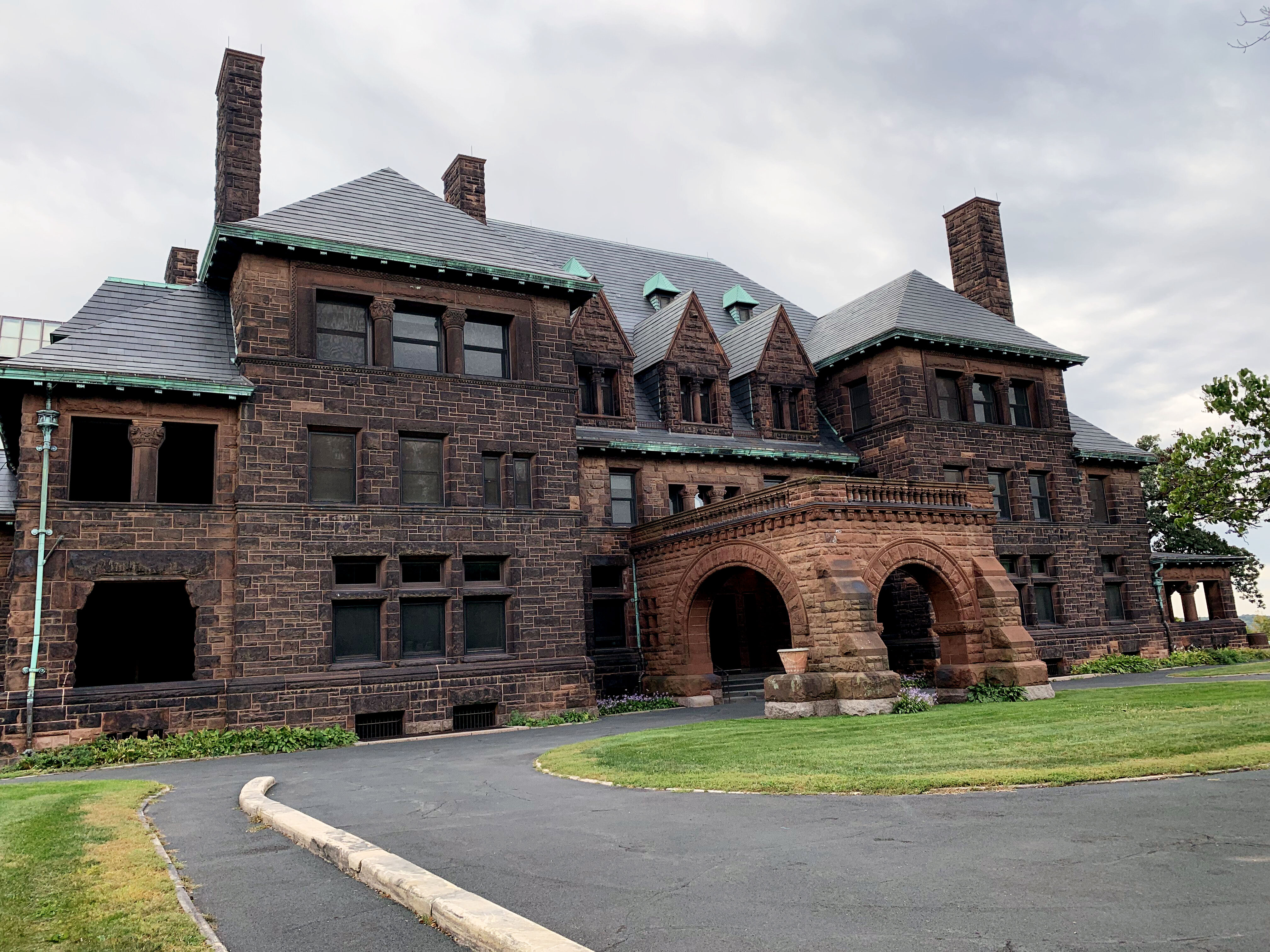
After gaining a fortune of an estimated $63 million and $200 million in assets with a public reputation that preceded him, Hill passed away in his Summit Avenue home in May 1916 as one of the most powerful and wealthy figures in the American industrial revolution.
The J.J. Hill House now serves as a museum about Hill’s legacy and the impact of the railroad on St. Paul.
St. Paul and BNSF Today
Today, St. Paul is home to one of BNSF’s 27 intermodal facilities. Geographically, St. Paul remains the ideal location for moving freight from area waterways on to the rails, to highways, and eventually to you.
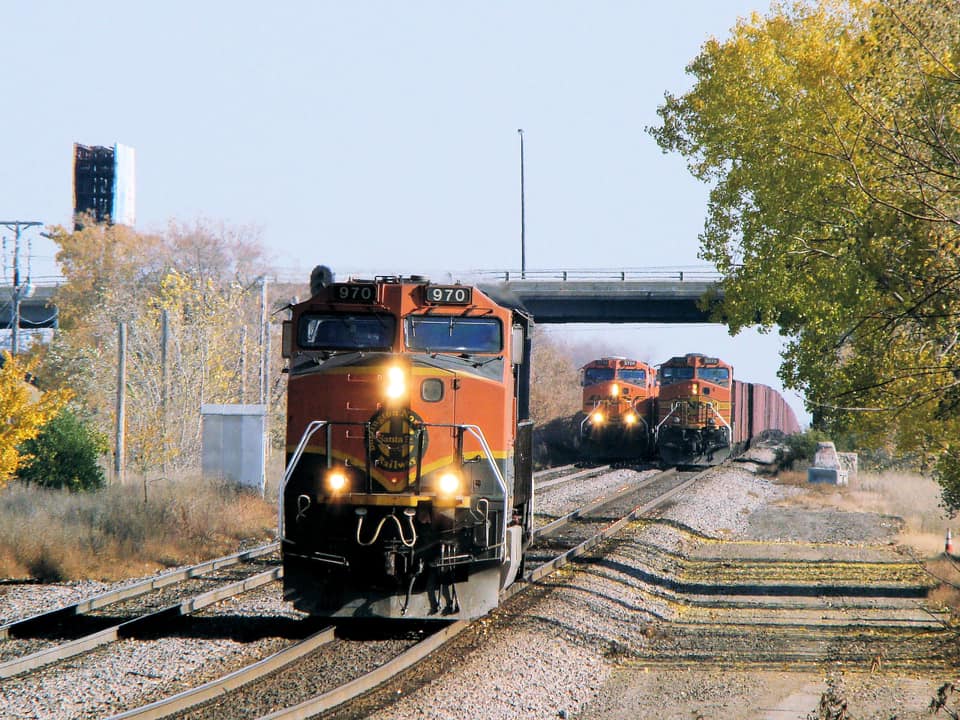
Much of the intermodal freight moving through the St. Paul facility comes from UPS and J.B. Hunt as well as numerous local warehouses.
BNSF is not the only railroad to operate in the great Midwest nexus.
“Our St. Paul yardmaster controls movement in and out of St. Anthony for the Minnesota Commercial track along with Union Pacific and Canadian Pacific. We all work together,” said Tim Dingmann, terminal manager.
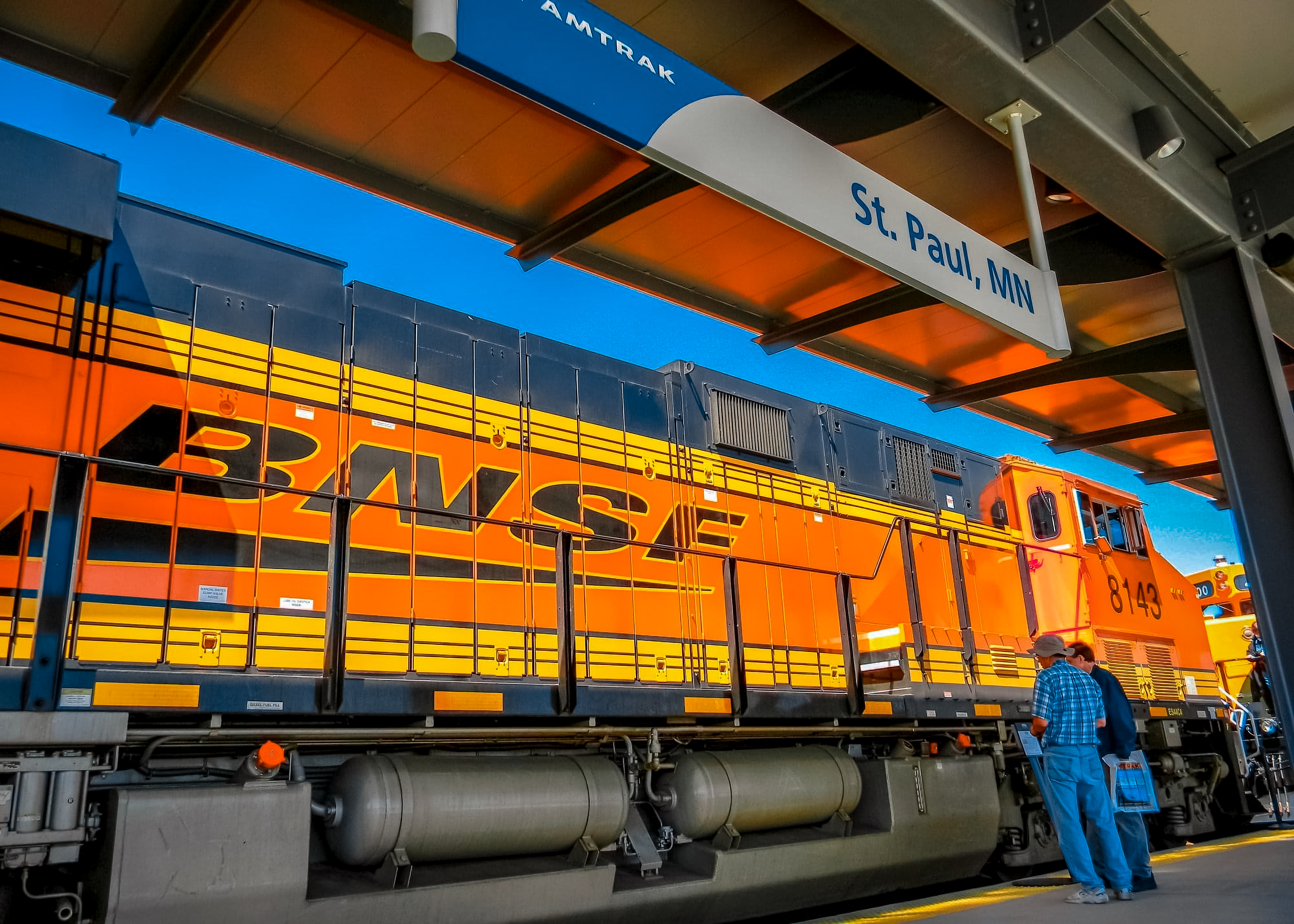
Although the Twin Cities share much of modern-day BNSF operations, St. Paul is still home to architectural marvels built by BNSF predecessors. The Great Northern Building on East Fifth Street was built over a century ago as the headquarters for Hill’s rail lines. Today, it is listed on the National Register of Historic Places. It is St. Paul’s largest office building and second-largest office building in the Twin Cities.
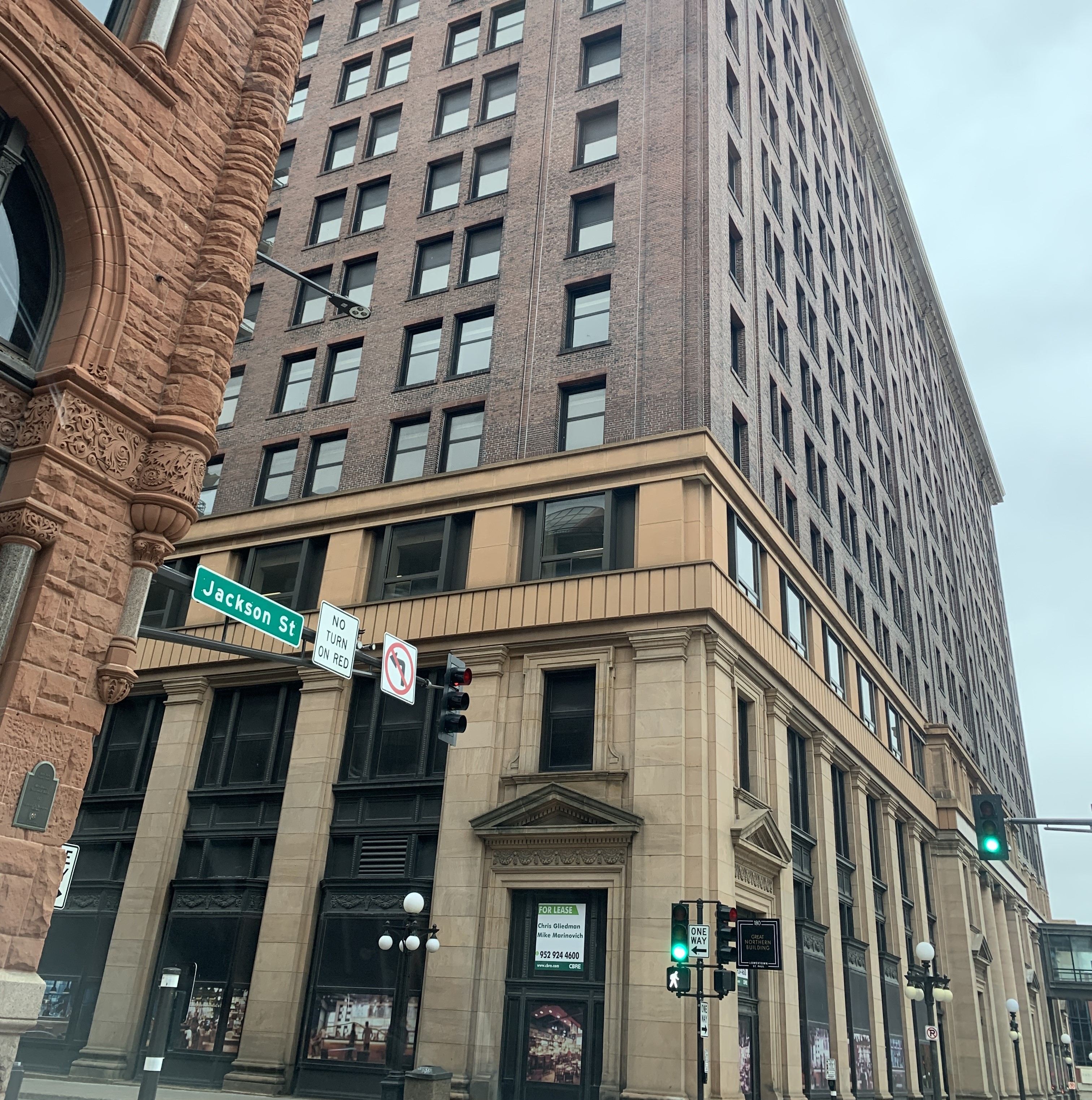
The historic Stone Arch Bridge that was originally constructed for freight and passenger trains during the days of the St. Paul and Pacific is now a pedestrian bridge crossing the St. Anthony Falls. Today, the bridge is recognized as a National Civil Engineering Landmark.
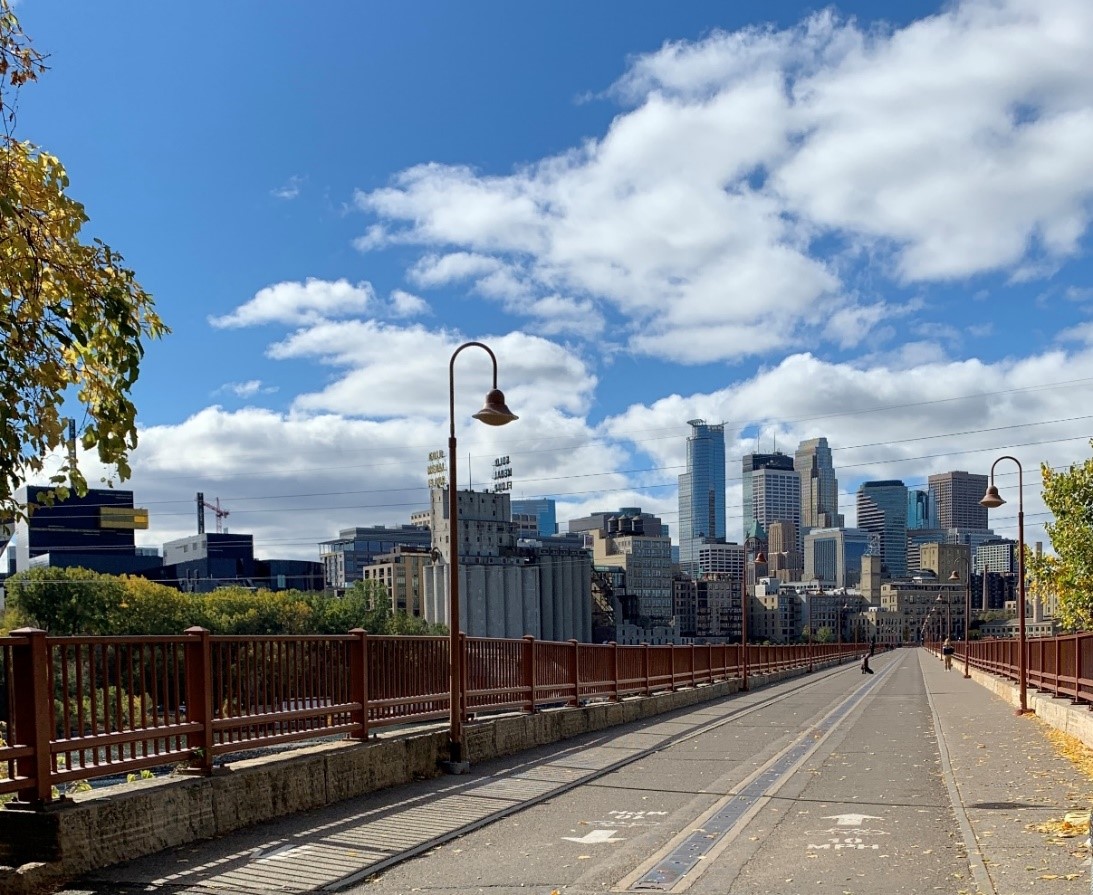
St. Paul is no longer the last stop for northern expeditions and horse and wagon, but rather a bustling industrial city responsible for a northern transcontinental rail network.
